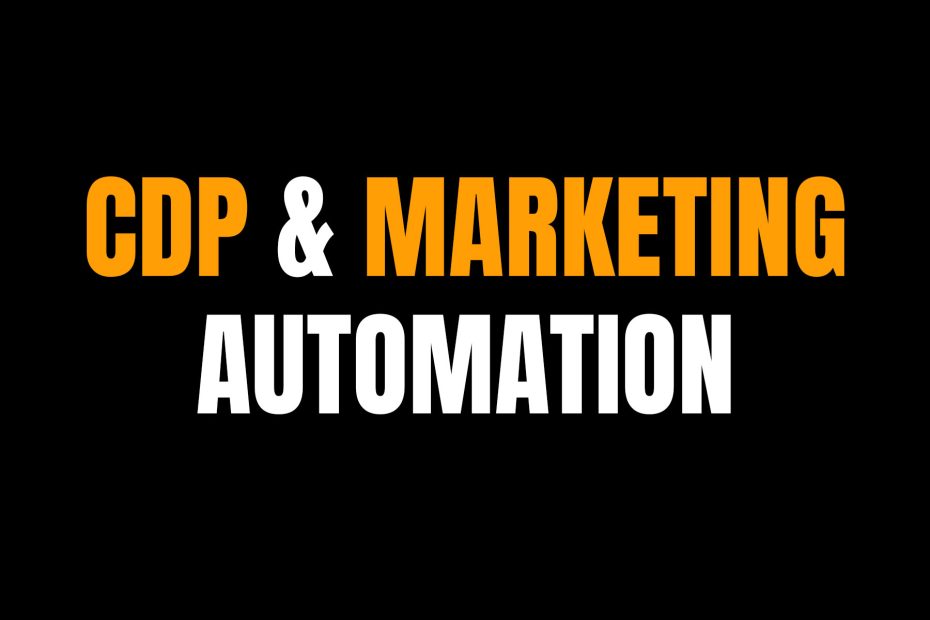In today’s data-driven marketing landscape, businesses are constantly seeking ways to optimize their strategies, improve customer engagement, and streamline their operations. Two powerful tools often at the center of this effort are Customer Data Platforms (CDPs) and Marketing Automation platforms. But the question remains: CDP marketing automation Do you need both, or can one suffice? In this article, we’ll explore the distinctions between CDPs and Marketing Automation and help you determine which, or if both, are right for your business.
Understanding Customer Data Platforms (CDPs)
What is a CDP?
A Customer Data Platform (CDP) is a specialized software that collects, organizes, and centralizes customer data from various sources into unified customer profiles. These profiles contain valuable insights about each individual’s behavior, preferences, and interactions with your brand.
Key Features of CDPs:
- Data Unification: CDPs excel in unifying data from disparate sources, such as CRM systems, email marketing, website analytics, and more.
- Customer Segmentation: They allow for advanced customer segmentation based on granular data, enabling highly targeted marketing campaigns.
- Real-time Data Updates: CDPs often provide real-time data updates, ensuring you have the most current customer information.
Understanding Marketing Automation Platforms
What is Marketing Automation?
Marketing Automation platforms are designed to streamline marketing tasks and workflows by automating repetitive processes. They enable businesses to send personalized messages and content to customers at specific times based on predefined triggers or rules.
Key Features of Marketing Automation:
- Email Marketing Automation: Automated email campaigns based on customer behavior or triggers like abandoned carts or sign-ups.
- Lead Nurturing: Automated lead nurturing workflows to guide prospects through the sales funnel.
- Behavioral Tracking: Monitoring customer behavior and interactions to trigger personalized responses.
CDP vs. Marketing Automation: Where Do They Overlap?
While CDPs and Marketing Automation platforms serve distinct purposes, there is some overlap in their functionality:
1. Data Integration:
Both CDPs and Marketing Automation tools handle data integration. However, CDPs specialize in comprehensive data unification from various sources, while Marketing Automation platforms focus on customer interactions within their system.
2. Customer Segmentation:
Both tools support customer segmentation, but CDPs offer more advanced segmentation capabilities due to their comprehensive data.
When to Use Each Tool and When to Combine
Use CDP When:
- You need a centralized, comprehensive view of customer data from all touchpoints.
- You want to deliver highly personalized content and experiences.
- Data quality and accuracy are top priorities.
Use Marketing Automation When:
- You need to automate specific marketing processes, such as email campaigns or lead nurturing.
- You want to engage customers based on their behavior within your platform.
You require detailed reporting on campaign performance.
Combine Both When:
- You aim to deliver personalized, data-driven marketing campaigns at scale.
- You want to integrate customer data insights from CDP into your Marketing Automation workflows for real-time personalization.
In conclusion, the decision between a CDP, Marketing Automation, or a combination of both depends on your specific business needs. While Marketing Automation is excellent for automating marketing tasks, a CDP’s strength lies in comprehensive data unification and segmentation. For businesses seeking the highest level of personalization and data-driven marketing, combining both tools may be the ideal strategy to effectively engage customers and drive results.





